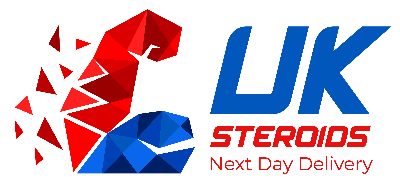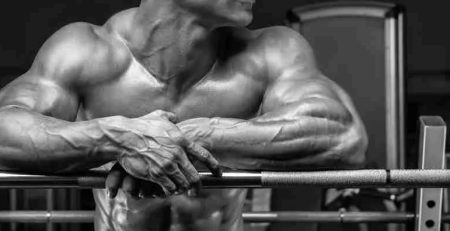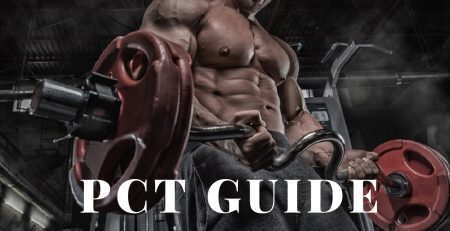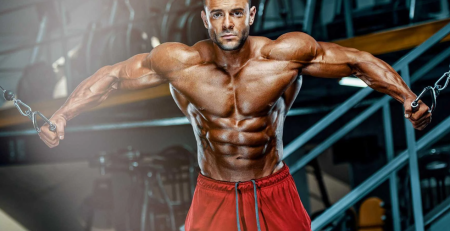Bound vs. Free Testosterone
Only a very small amount of free testosterone is available to interact with cell receptors. Most will bind to the albumin and SHBG proteins in the protein, momentarily inhibiting the hormone’s action. Other names for SHBG include testosterone-estradiol-binding globulin and sex steroid-binding globulin. Steroid hormones bind to SHBG far more strongly than albumin, with an affinity that is approximately 1,000 times greater, even though albumin is present at a level that is 1,000 times higher than SHBG. Because of this, the levels of activity of both binding proteins are about equal throughout the body. The usual distribution of testosterone in guys is as follows: Half of it is attached to SHBG and the other half to albumin. In an unbound, free state, there’s the last 2 per cent of typical blood focus. The amount of free testosterone in females is 1% or less, according to estimates. A binding protein called androgen binding protein (ABP) is exclusive to these tissues, although it plays no role in muscle development; rather, it helps mediate androgen activity in the reproductive system.
Since only a small portion of free testosterone is active at any given time, the amount of this hormone in the blood is also a crucial mediator of its activity. Note that the capacity of testosterone to bind to plasma proteins is often altered when the steroid is changed to produce new anabolic/androgenic drugs. This is important to consider since the molecule should be greater in each milligram.
the higher our percentage of free hormone, the more active we are. Furthermore, a few molecules may differ significantly from one another. Proviron (1-methyl dihydrotestosterone) interacts with SHBG several times more strongly than testosterone19, probably explaining why these steroids are such potent androgens. In contrast, mibolerone (7,17 dimethyl-nandrolone) and bolasterone (7,17 dimethyl-testosterone) have almost negligible affinity for this protein.
In the same way, the body’s SHBG levels are unpredictable and subject to several factors. The most obvious seems to be the elevated levels of oestrogen and thyroid hormones in the blood. Usually, as thyroid and oestrogen levels rise, this plasma-binding protein decreases and when they rise, it rises. Additionally, it has been shown that an increase in androgen dramatically reduces this protein.
caused by the use of androgenic/anabolic medications. This is further supported by a 1989 German study that discovered a strong tendency for SHBG to decrease after using the oral anabolic steroid stanozolol. In just three days, SHBG was lowered by almost 50% in normal volunteers who were given a daily dose of 2 mg/kg body weight (or about 18 mg for a 200-pound guy). Comparable results have been obtained with injectable testosterone enanthate; however, stanozolol’s effect was significantly greater when compared to milligramme for milligramme. The mode of administration may have had an impact on the degree of response that was reached. Even if the injectable was not examined in the German study, we may nevertheless quote other studies comparing the effects of oral vs. transdermal oestrogen. When the medication is taken orally, these show a considerably greater response in SHBG levels.
This might be explained in part by the liver’s production of SHBG. Consequently, we cannot presume that injections of Winstrol or steroids in general would be equally potent. Reducing plasma-binding protein levels is not the only method to raise free testosterone levels. Steroids with a strong affinity for these proteins may also increase the amount of free testosterone by battling with them for binding. Naturally, if the additional material hinders testosterone’s ability to recognize accessible plasma proteins, then a greater number of plasma proteins will stay unbound. Numerous steroids have a significant tendency toward this effect, including Proviron, dihydrotestosterone, and oral Turinabol. If utilizing several androgenic/anabolic steroids, might alter the body’s free testosterone content, it’s also feasible that one steroid may strengthen another by working through similar mechanisms. Proviron has a very high affinity for SHBG, which may be helpful since it displaces other steroids that are more potent in these tissues, despite its moderate anabolic qualities.
We cannot allow this discussion to persuade us to believe that binding proteins have no function. They are necessary for endogenous androgens to function and migrate. Binding proteins help to slow down the breakdown of the steroid, keep blood hormone levels more stable, and facilitate the hormone’s equal distribution throughout the body’s organs. It was recently discovered that sex hormone binding globulin (SHBG-R) possesses a specific receptor on the membrane surface of body cells responsive to steroids, suggesting a far more complex role for this protein than only hormone transport. Still, one of the best ways to change pharmacological efficacy is obviously to manipulate a hormone’s propensity to exist in an unbound state.












Leave a Reply